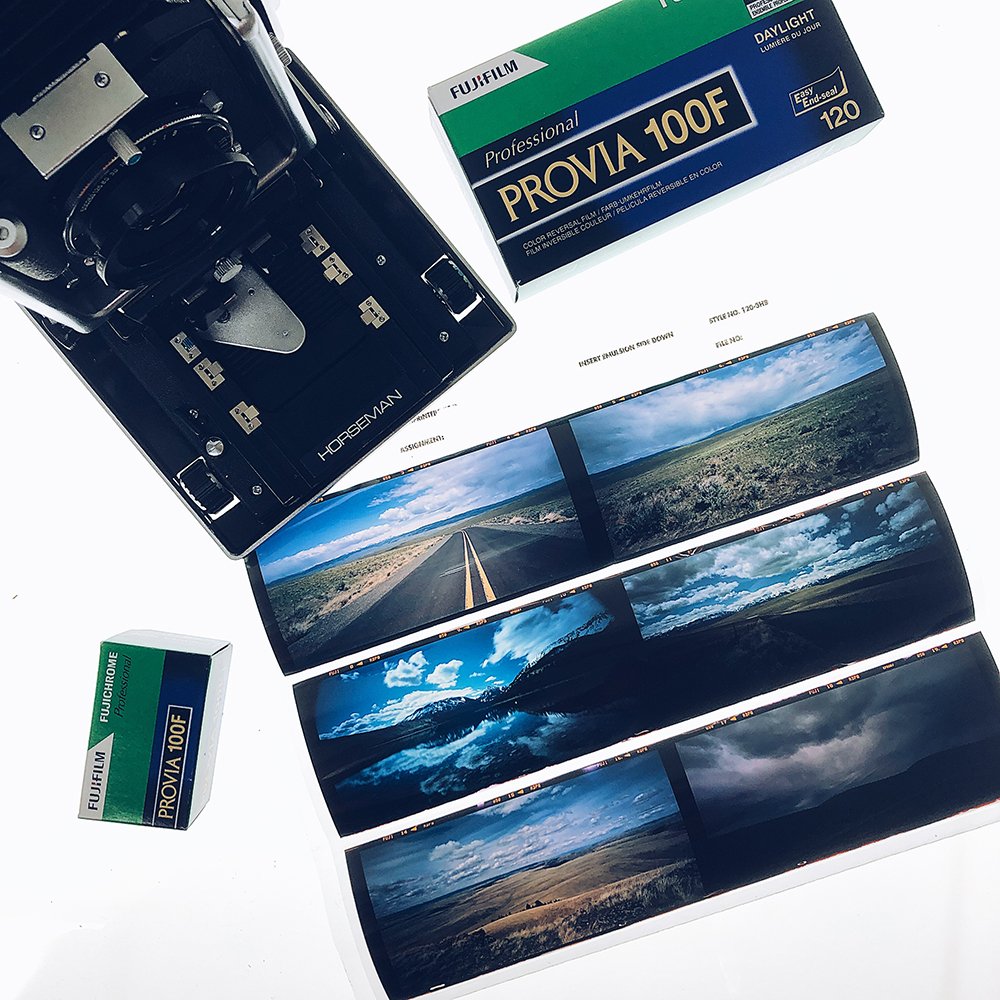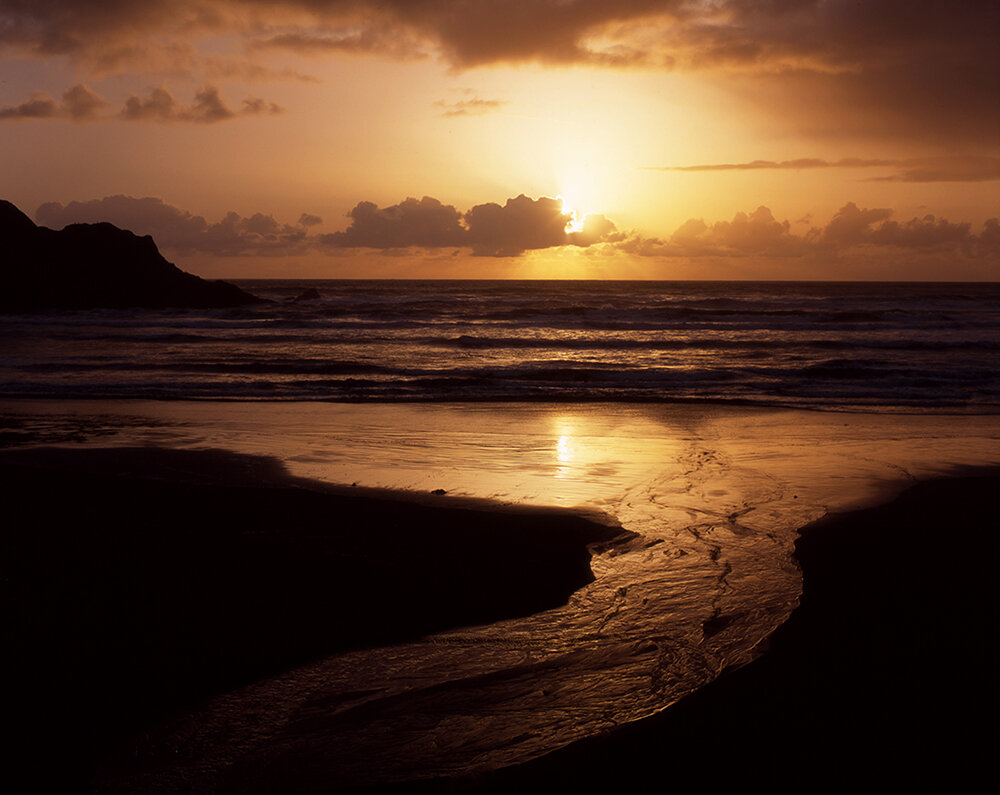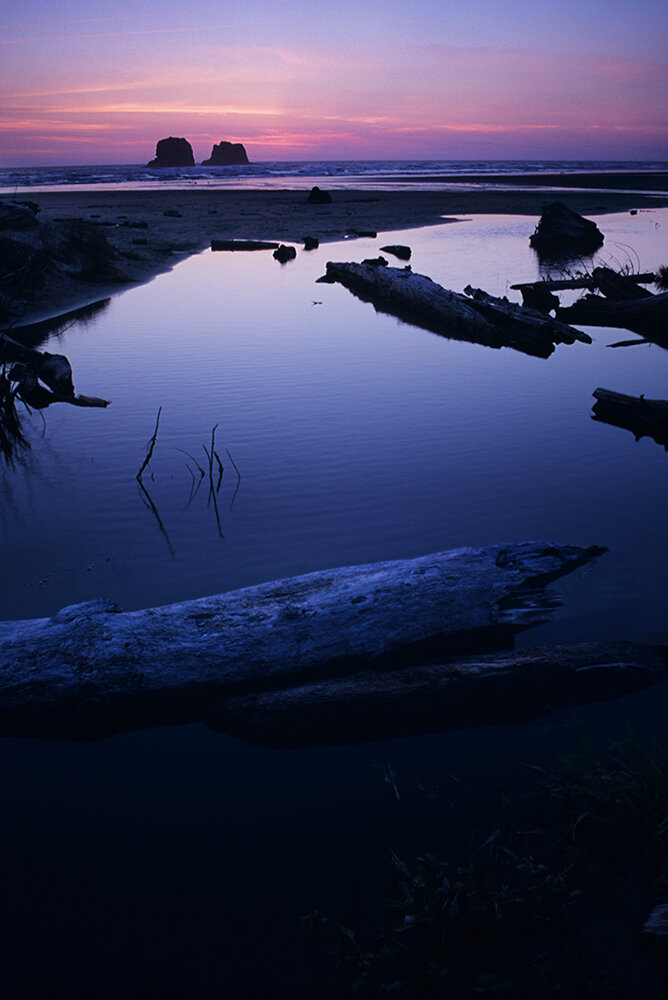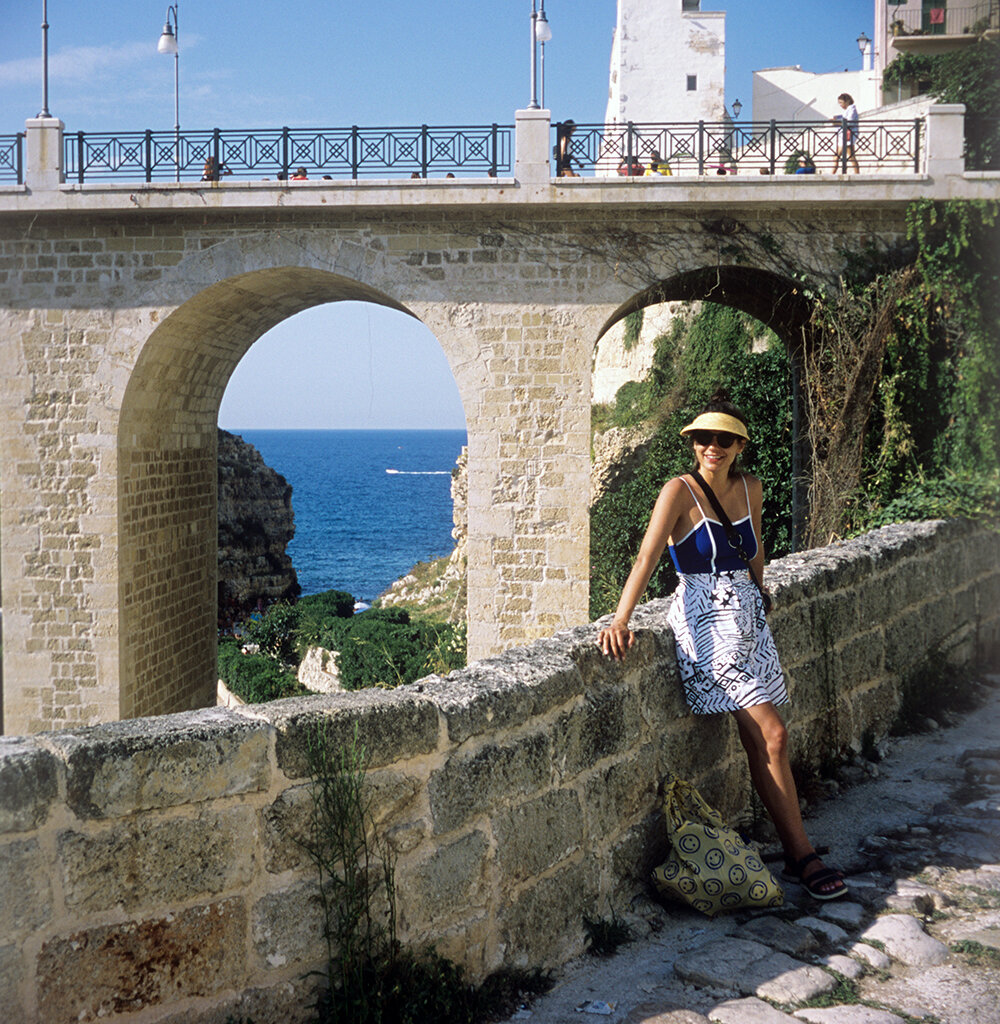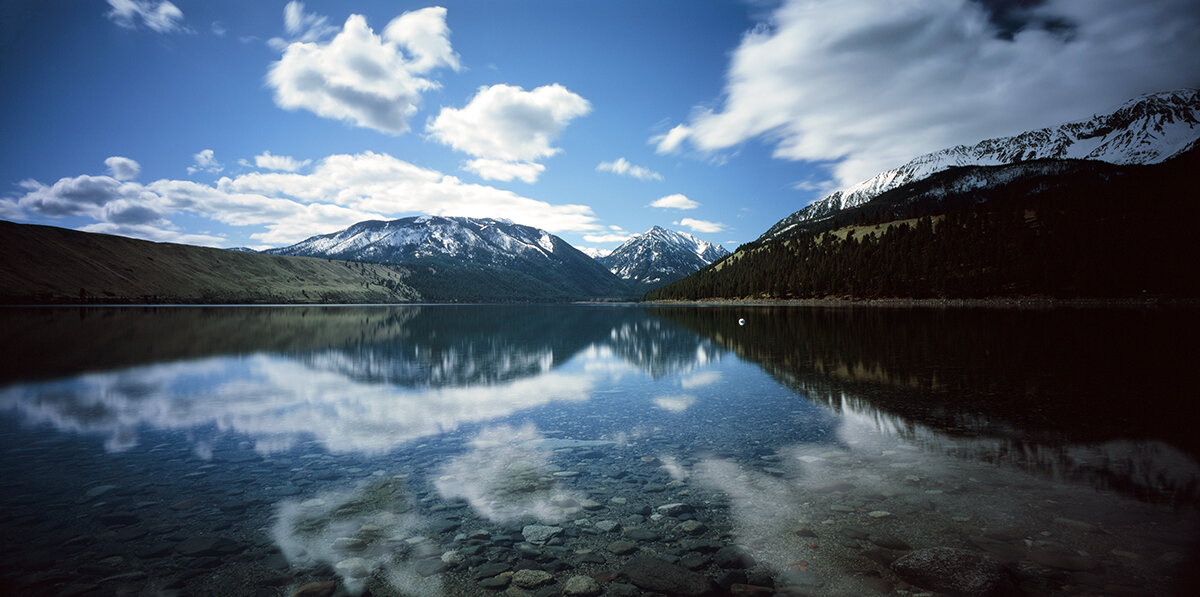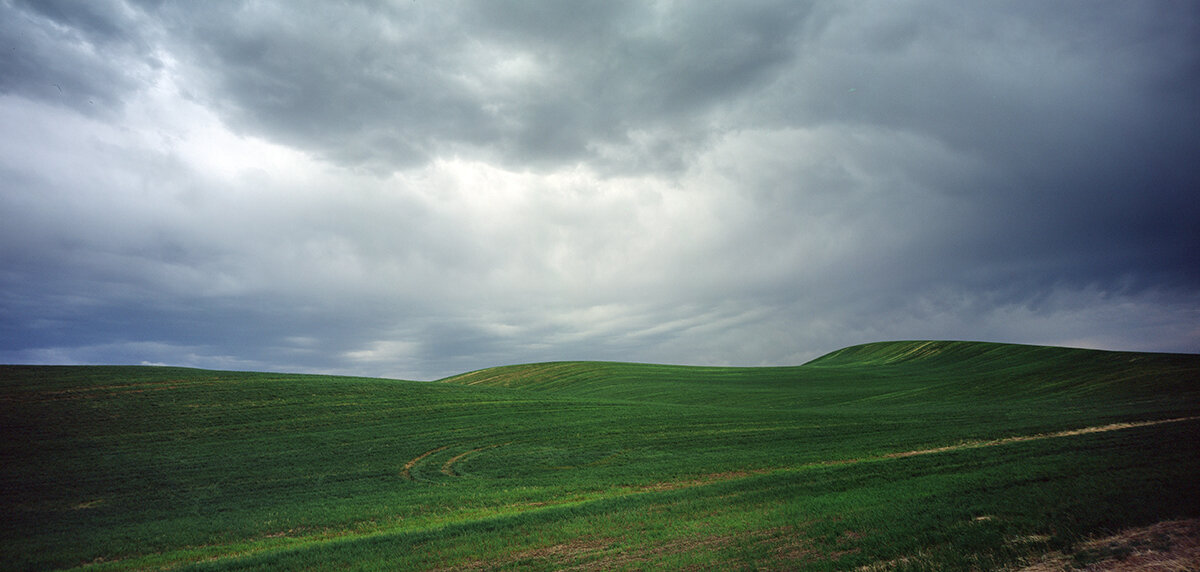Film Friday - June 25th, 2021. Fuji Provia 100F Film Review
Fuji Provia 100F might be one of the best, current, slide films that you have never used.
Fuji Provia 100F was originally introduced all the way back in 1993 as Fujichrome 100D, or known shorthand as RDP. It came just a few years after Fuji launched Velvia, arguably its most famous slide film ever. RDP would get a major update to RDPII after about a year and become known as Provia 100. Then around 1999 it enjoyed another update to RDPIII and Provia 100F. It can be a bit confusing to pin down the differences between Provia and Velvia. That original Velvia was an ISO 50 film known for extreme color saturation. Provia meanwhile came along and filled in some of the gaps in Velvia’s list of capabilities. For example, the high saturation of Velvia rendered it less than ideal for certain subject matter, such as portraiture or situations where you needed to faithfully reproduce delicate colors. Provia had rich color saturation but it was reigned in enough to still allow Provia to be used for whatever situation you wanted: be it landscapes, portraits, or studio work. Provia, at ISO 100, is a stop faster than Velvia 50. Provia also has finer grain than Velvia (and it is comparable to Kodak’s modern E100 film). And like Velvia, Provia came in a variety of formats from 35mm, 120 and also including large format sheet film.
One of Provia’s best features is its rich color saturation. Image made with a Nikon 6006.
Provia is a great sunset film. Image made with a Pentax 6x7.
Arguably, the best feature of Provia is its colors. The film has wonderfully rich colors producing vibrant scenes, yet also faithfully holding onto delicate colors and not running away with them. Not only is Provia nice and rich, but it is also a slide film. This may seem like an obvious thing to point out, but only if you have already tried slide film and know the experience of seeing a backlit slide on a display table. We are willing to bet that some of you reading this have never had that privilege (yet) and let us assure you that it is magical. Combine Provia’s wonderful colors with seeing it backlit or projected and you are in for a treat you will not soon forget. This is the number one reason we have to offer for shooting a roll of this. It is a really good reason. We wish more of our customers shot slide film, as we enjoy “ooohing” and “aaaahing” over the page of slides on the light table as much as they do.
But there are other great reasons to try Provia other than its colors and seeing it in positive form. Provia is fine grained. As mentioned above, it is actually finer grained than Velvia 50 and equal to Kodak E100, despite the latter benefiting from the use of T-grain technology. One other big benefit to Provia is its excellent reciprocity failure. Generally speaking, slide films don’t perform as well in the reciprocity failure category. Fuji Velvia 50 requires compensation starting at exposures of only a few seconds. Not only does slide film need more time with longer exposures but it also starts to color shift. Velvia 50 goes green and requires the use of a slight magenta filter to correct the color cast that sneaks in. Provia on the other hand doesn’t require any compensation for exposures as long as 2 minutes (technically 128 seconds according to Fuji’s data sheet on Provia). Even at 4 minutes Provia only needs 1/3 stop compensation and picks up just a slight magenta cast. This is actually better than many negative films perform, making Provia one of the best long exposure films out there. It may not be up there with Fuji Acros’ famous long exposure performance but it is in the same neighborhood. So if you are a fan of long exposure work, give Provia a try.
Be it deep into twilight or a nighttime scene, you can count on Provia to require very little exposure correction for the necessary longer exposures. Image made with a Nikon FM2.
In 2019 Fuji introduced major price hikes across its films. We saw the cost of Provia climb pretty dramatically as a result. Whether this was Fuji’s attempt to keep the film viable as demand declines or not, we can only speculate. In a certain sense, we are frankly amazed that Provia 100F is still on the market having seen the demise of Provia 400X, Astia and Sensia in the past decade. How much longer will Fuji keep producing Provia? Well a lot of that depends on how much of it we buy and use. Provia may be around in five years or we may be talking about it in past tense. What we mean is, use it while you can for it may not be around later. And despite the fact that it is pricey these days, it is still well worth it as it is a surprisingly great film stock. Just use that higher cost to encourage a more judicious shot selection on your part.
To recap on Provia’s noteworthy qualities:
Excellent color saturation. Rich but not overly so. Great for a variety of subject matter.
Very fine grain.
Available in 35mm, 120 and even 4x5. Go shoot some large format slide film and amaze all your photographer friends.
Incredible long exposure capability due to having very little reciprocity failure.
We have almost every film stock available on the market. Check it out!
If you need an excellent lab for meticulous film developing, topnotch optical prints, traditional darkroom printing and superb film scanning, we’re your lab!
Also, sign up for our weekly newsletter The Loupe and keep your eyes peeled on our social media feeds every Friday when we feature a different film and also offer it at a one day discount of 15% off!
Fuji Provia 100F shot in a Nikon 6006.
Slide film is a popular choice for stereo photographers as it can mount directly into holders for viewing and doesn’t require further scanning or printing. Image made with a Stereo Realist.
During a European vacation, our resident stereo photographer took over two dozen rolls of Provia with him. Image made with a Stereo Realist.
Making use of that excellent reciprocity rate. This was about a 30 second exposure made through heavy ND filters with a Horseman SW612.
And one more image using Provia 100F with that same Horseman SW612.

